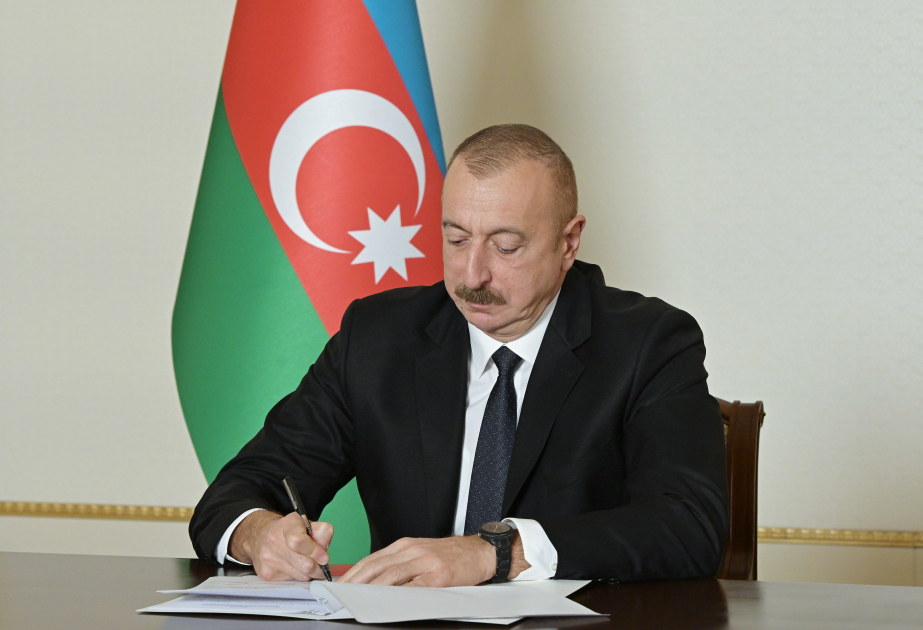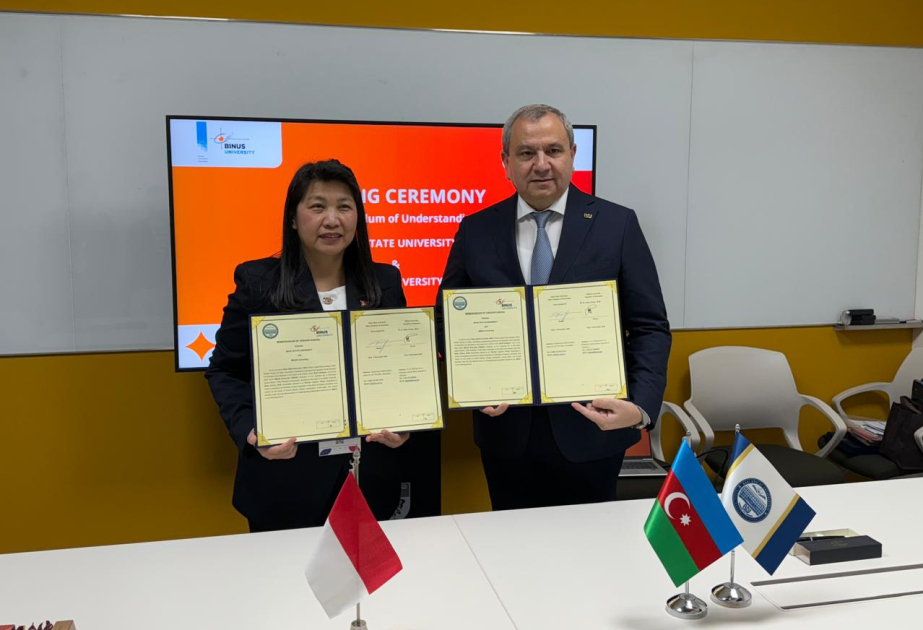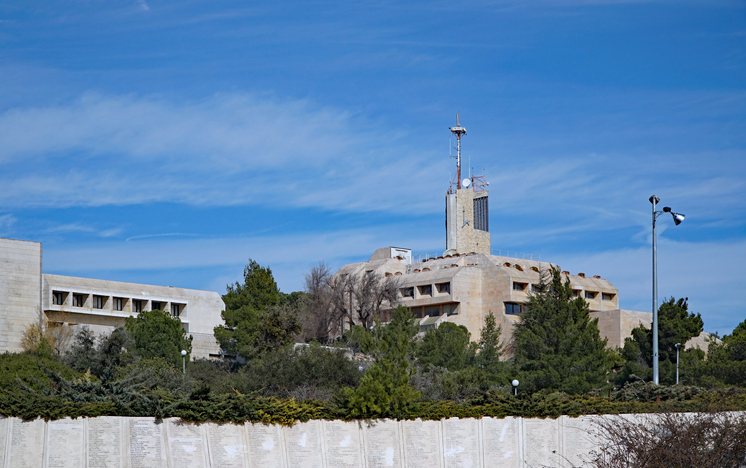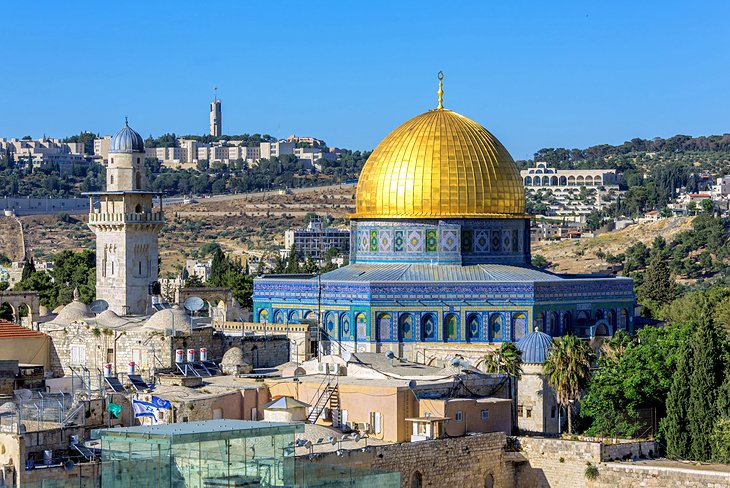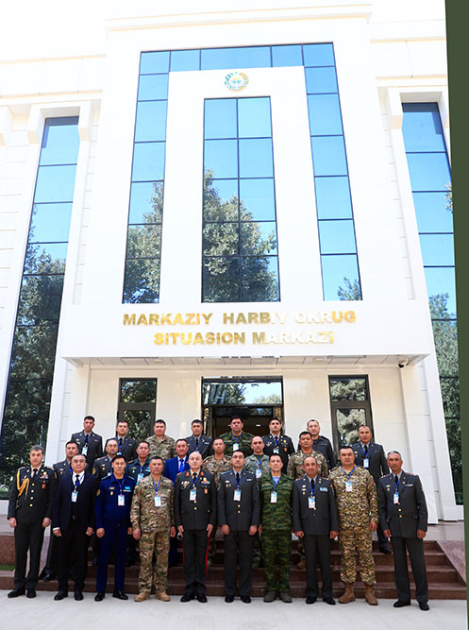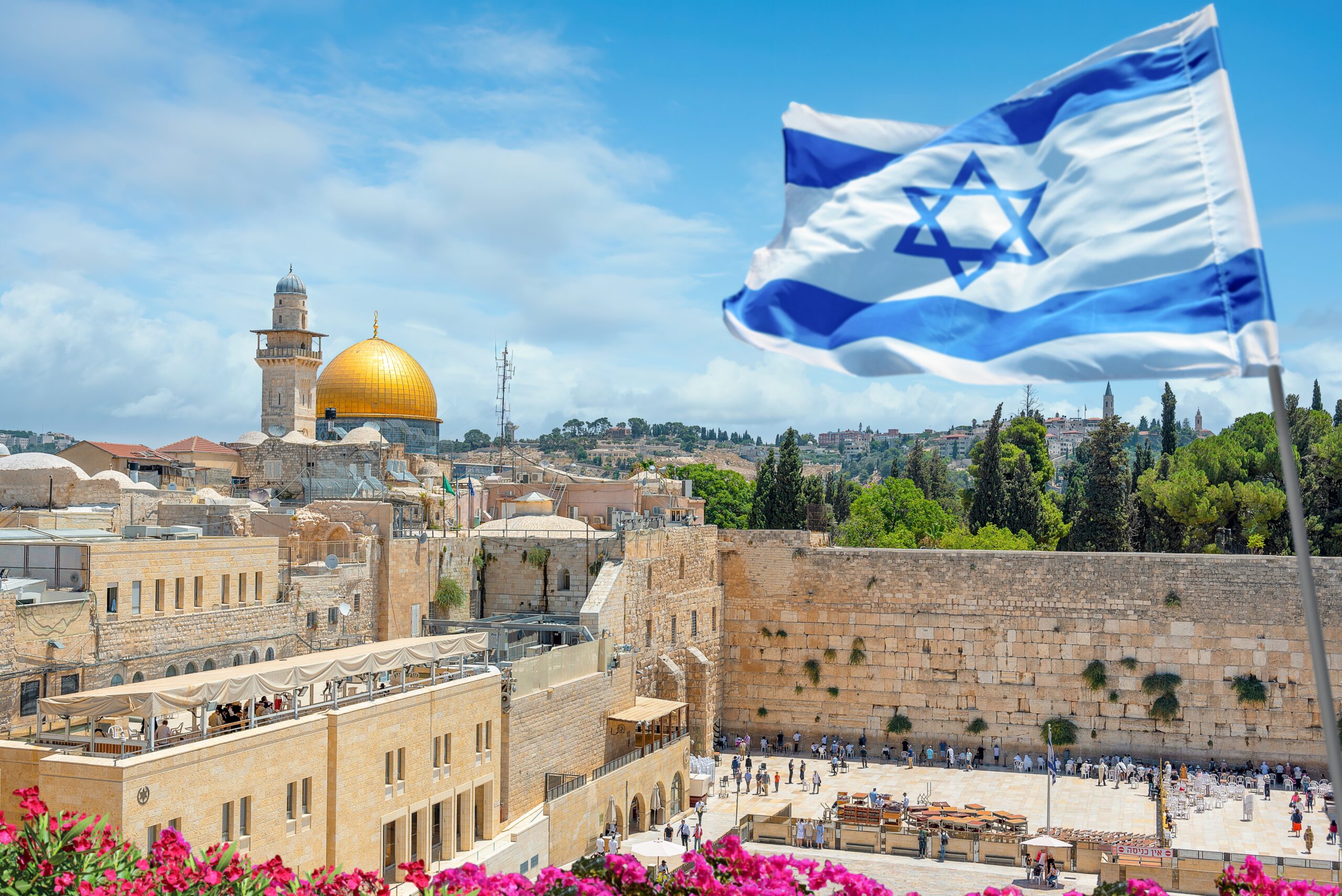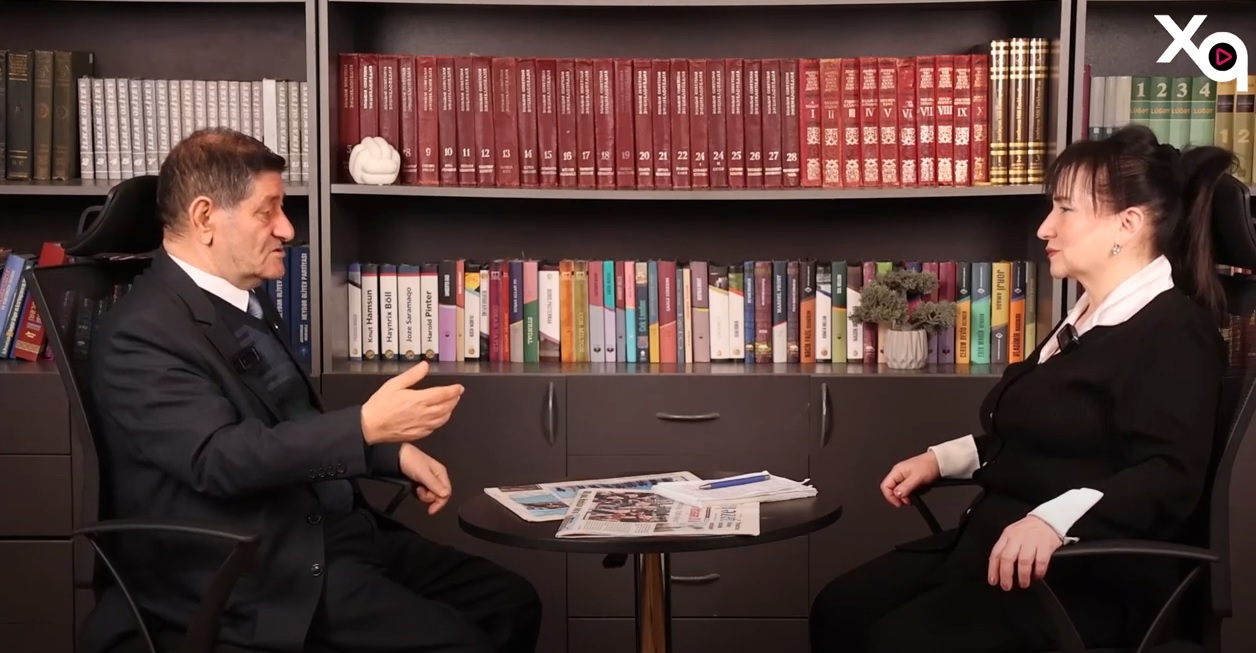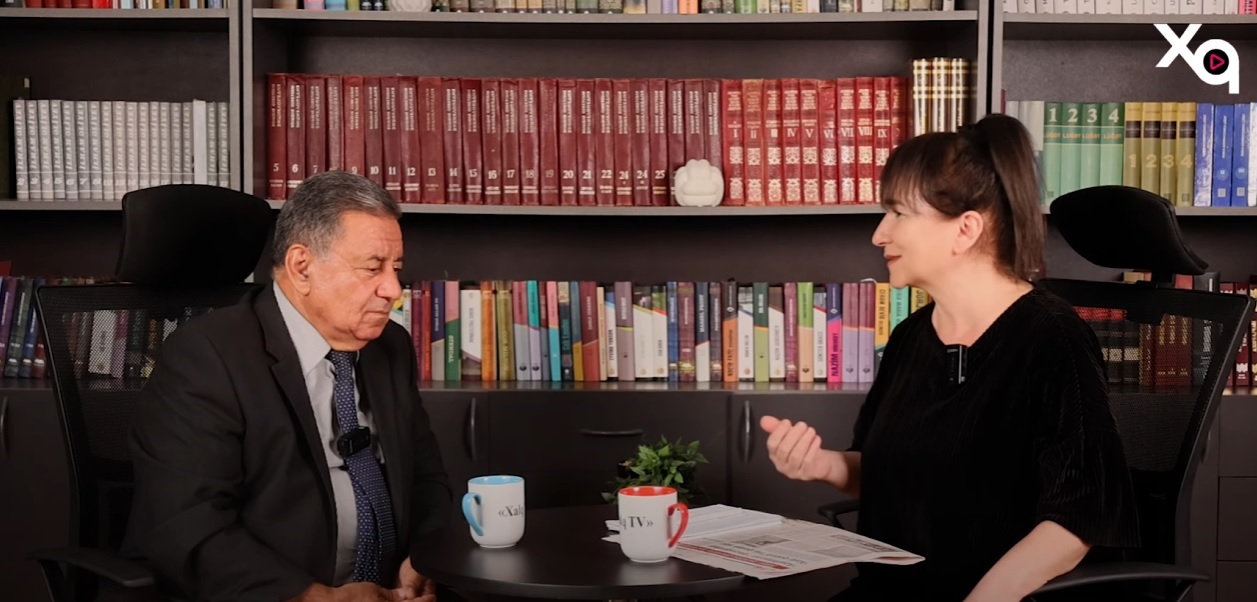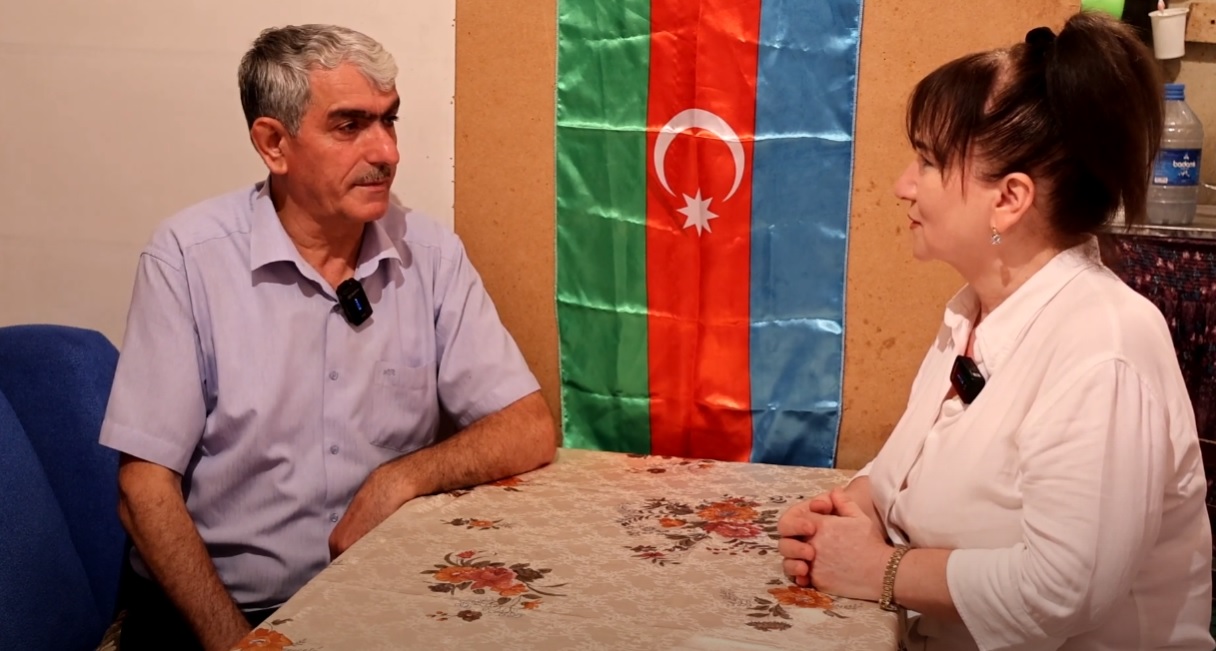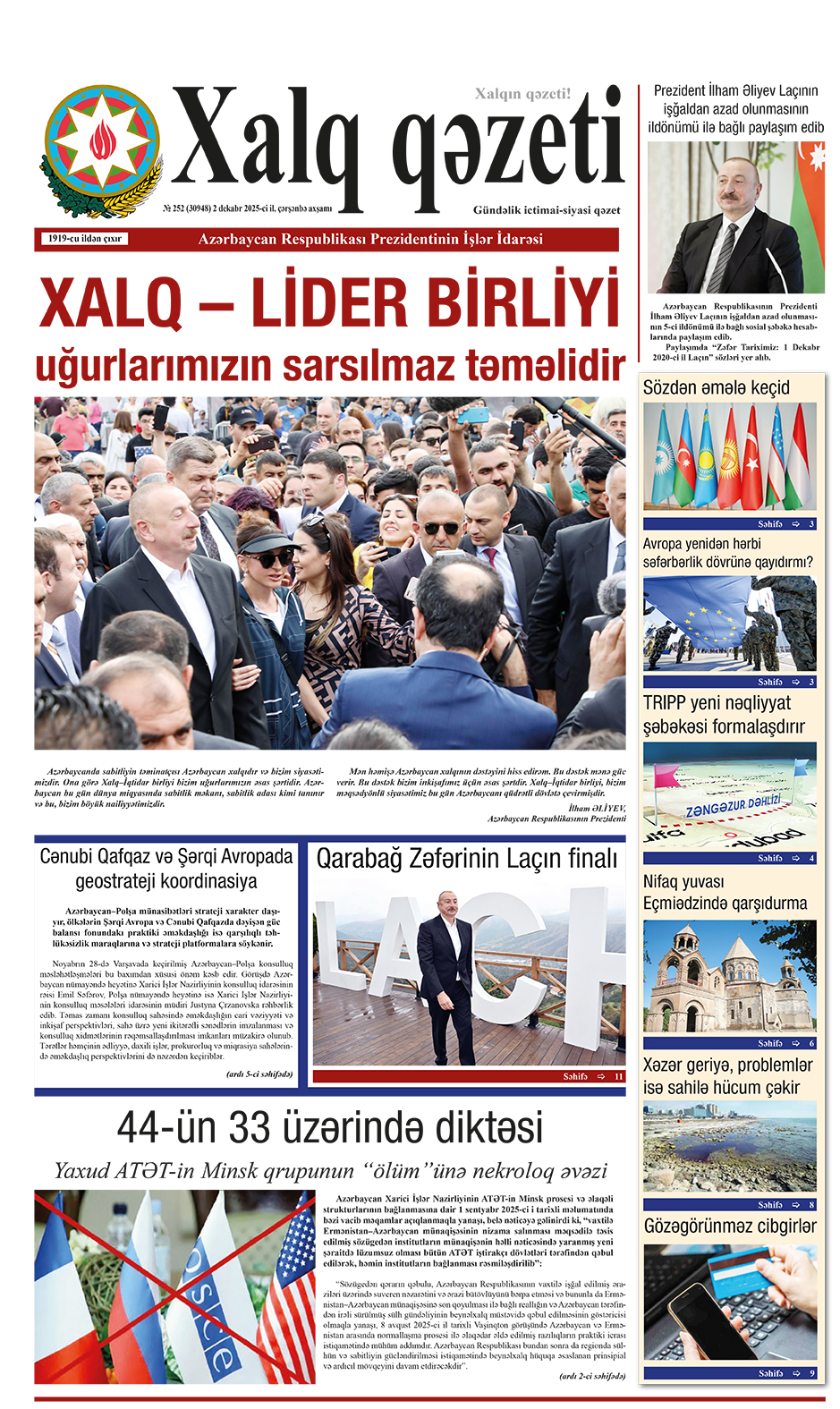By JERUSALEM POST STAFF
The paintings feature the coat of arms of Cardinal Cisneros and were hidden behind cabinets since 1780.
During a recent restoration in the Cathedral of Toledo, a team of experts discovered a set of mural paintings by Juan de Borgoña, created in 1511, hidden behind cabinets that had been in place since 1780, according to El Correo. The paintings, which consist of three scenes framed by pilasters and a base, were hidden for over 250 years and are now part of the Cathedral's cultural offering.
The discovery was made possible by the decision to move furniture to a museum space within the temple, allowing restorers to begin cleaning and consolidating the paintings. After completing the restoration of the Chapter Hall in 2019, work continued on the access door and the anteroom. The right cabinet was removed, revealing the paintings composed of three scenes. The paintings were shown to the media on Wednesday and will be covered so that restorers can work on their cleaning and consolidation.
“The discovery is significant because it is a preamble to everything that the Chapter Hall has afterwards," said the Dean of Toledo Cathedral, Juan Pedro Sánchez, according to 20 Minutos. Sánchez added, "We are happy and satisfied." He emphasized the importance of these oil mural paintings, which date back over 500 years.
The paintings were hidden behind two cabinets attached to the lateral walls of the anteroom: one on the left wall, made of walnut wood, constructed by the sculptor Gregorio Pardo between 1549 and 1551, and another on the right wall, imitating the first, made by Gregorio López Durango in 1780. These cabinets were used to contain the minutes of the meetings of the Cathedral Chapter.
In the central scene of the paintings, the coat of arms of Cardinal Cisneros is distinguished, shaped like a horse's head. The coat of arms is surrounded by two cornucopias of abundance and two vases on either side, accompanied by a laurel crown held by cherubs. Above the coat of arms, there is a laurel crown, the cardinal's hat, and cords of fifteen tassels held by two cherubs. On both sides of the central scene, there are two depictions of vases with fruit trees, supported by three figures of children. One vase contains clavelinas, a type of flower, and the other contains lilies. The paintings recreate a landscape and are "very typical of the Renaissance, with landscapes, flowers, and angels," according to 20 Minutos.
Cardinal Cisneros, who promoted the decoration of the anteroom and the chapter hall, played an important role in the Cathedral's history. The discovery of these paintings adds to the understanding of the Cathedral's artistic heritage.
Juan de Borgoña, the artist behind the murals, was the painter who introduced the Italian Quattrocento into Castile, thus initiating the Renaissance in Spain. He resided in Toledo for many years and left a large part of his work there. He was assisted by his helpers Diego López, Luis de Medina, and Alfonso Sánchez. Borgoña also worked in other cities such as Cuenca, Madrid, Guadalajara, and Salamanca. He died in Toledo in 1536.
The restoration was supported by the ACS Foundation, which financed part of the project. The recovery of the work represents a new incentive for those who wish to know the heritage richness of the primatial temple of Spain. With the discovery, the Cathedral of Toledo expands its cultural offering, allowing visitors to contemplate these paintings within the tour of the Chapter House.
Once restored—without a scheduled completion date—the technical team will decide whether they will be left exposed or the cabinets will be put back. The recent discovery not only adds to the understanding of Renaissance art in Spain but also provides visitors with a unique glimpse into the country's cultural past.
In 2022, the restoration of a Baroque altarpiece in the parish of the small village of Alcaraz (Albacete), with 1,300 inhabitants, revealed that eight panels by Juan de Borgoña had been preserved under the plaster. This previous discovery underscores the importance of restoration works in uncovering hidden artistic treasures.


.jpg)

